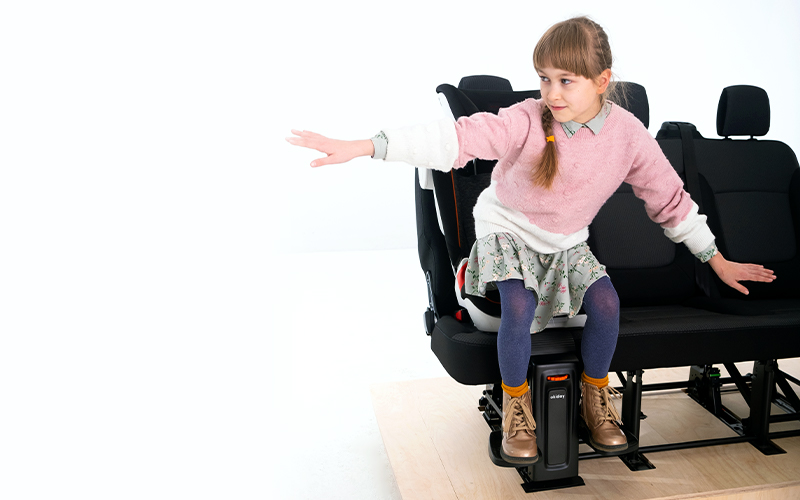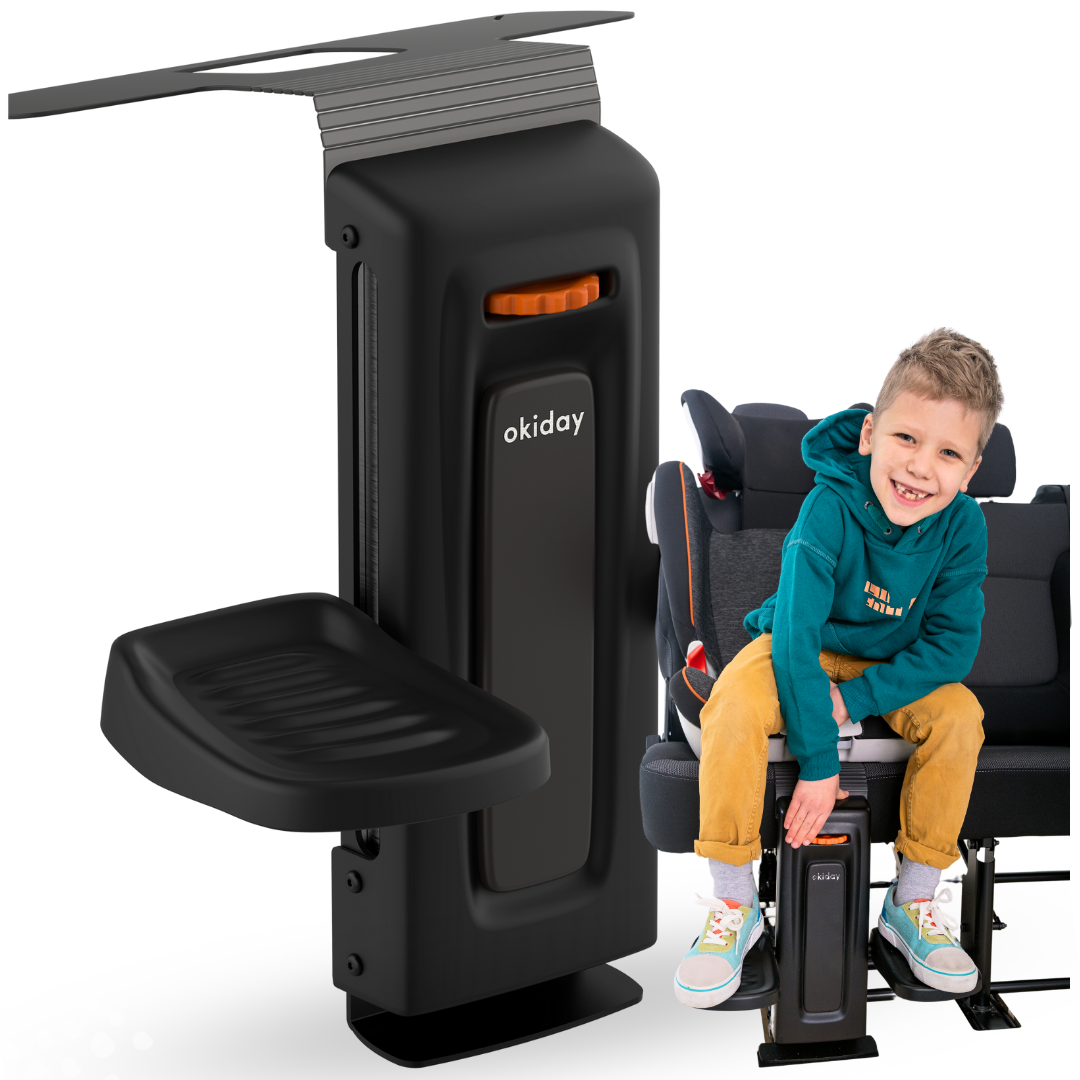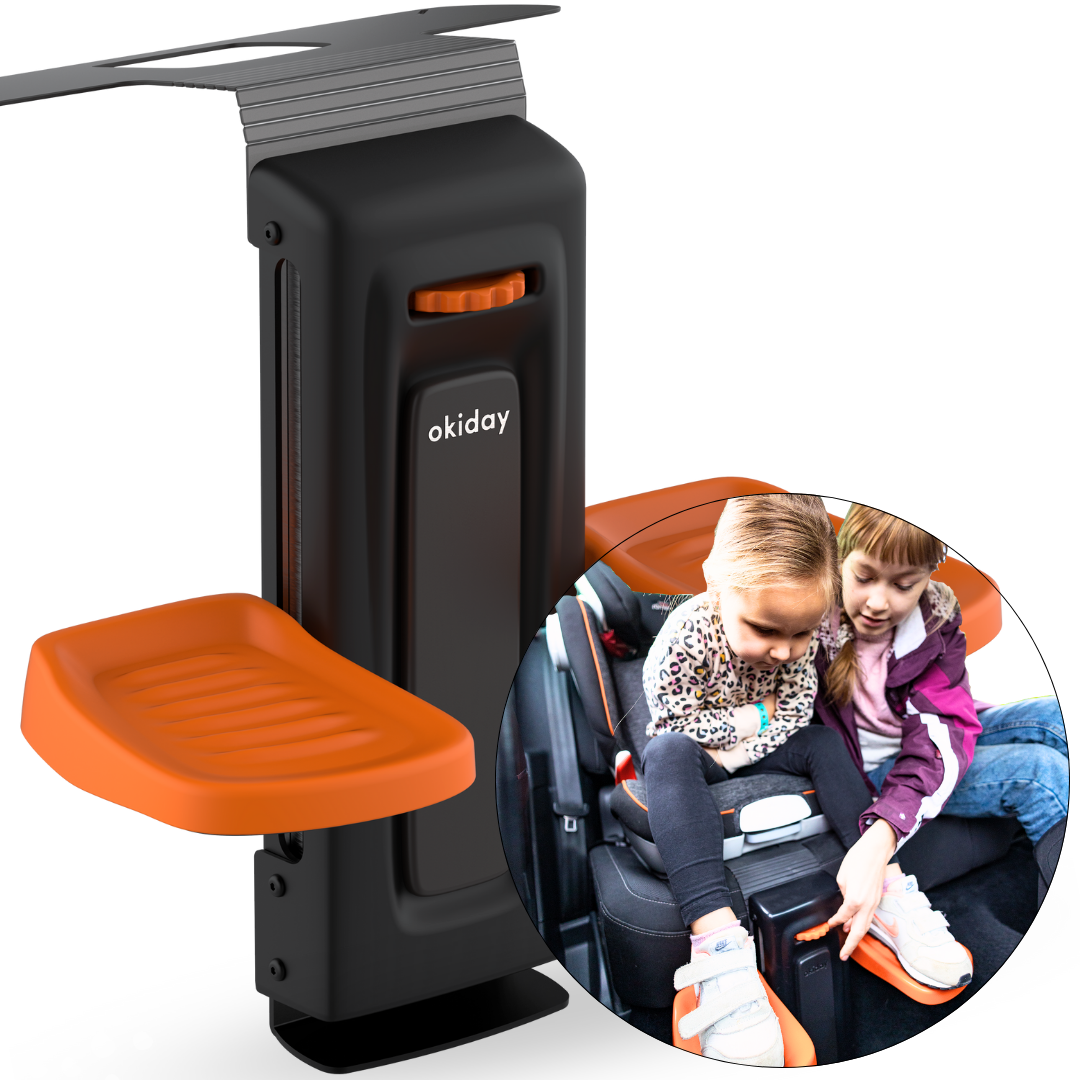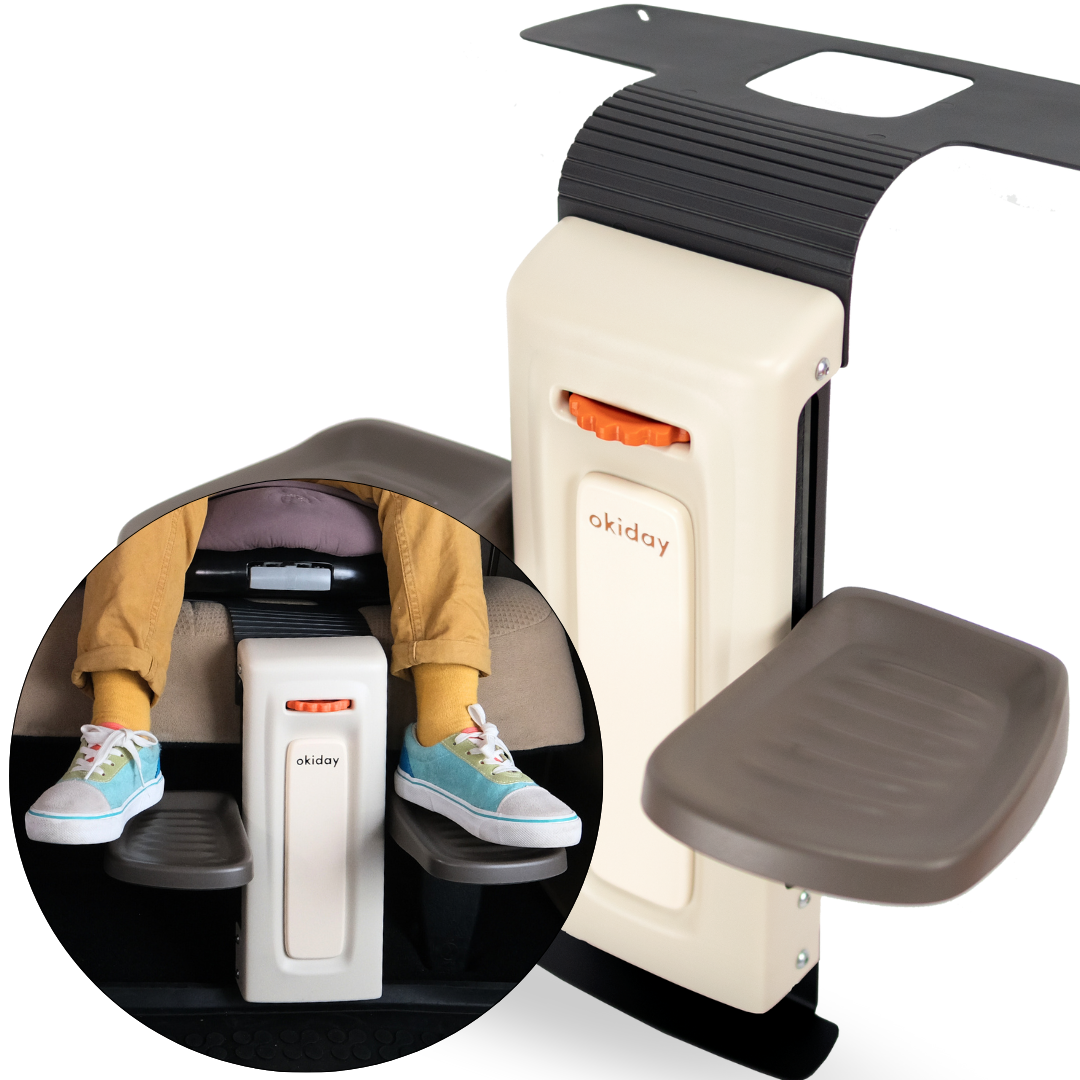Keeping your kid safe in the car: it’s about more than just a car seat and seat belts.
When we think about kids’ safety in the car, the first things that come to mind are the car seat and the seat belt. That’s totally normal for any responsible parent. But real safety is about a lot more than just those two things. The real key to keeping your child protected is making sure they’re sitting in the right position in their car seat — a position that actually lets all the safety features do what they’re meant to do
Why isn’t having a car seat on its own enough?
The latest stats from Poland for 2024 are pretty clear: there were 1,741 road accidents involving children aged 0–14, with 50 kids losing their lives and 1,838 getting injured. Even though these numbers are slightly lower than the year before (a 2.1% drop compared to 2023), they still show how serious the issue is.
It’s great that, as a society, we’ve reached the point where having a car seat is as obvious as bringing a water bottle on a hike. But we still struggle a lot with actually using car seats the right way. The problem is that most parents focus only on buying and installing the seat, while skipping a crucial part: making sure the child is sitting in the proper position during the ride.
What’s really alarming are the numbers on improper car-seat use. In Poland, a shocking 94% of kids riding in car seats aren’t actually safe because of user mistakes (according to fotelik.info.pl)
What proper car-seat positioning really looks like
From a physiotherapist’s point of view, a proper position in a car seat is about way more than just buckling the straps. A child needs solid support under their feet — it helps keep the spine, hips, and pelvis in a safe, stable position. When a kid’s legs are just dangling, it can lead to:
- muscle fatigue and poor posture,
- pressure on the blood vessels under the thighs, which makes their legs go numb,
- constant fidgeting as they try to get comfortable,
- the seat belt shifting onto sensitive areas like the neck or belly.
And in a crash, those belts can press in unpredictable ways on soft, unprotected parts of the body, which can lead to serious internal injuries.
How does a bad sitting position affect safety? Or really — how does it take safety away altogether?
Here’s the key truth: the only position that gives full protection is the one used during crash-tests with the dummy. Any deviation from that proper posture seriously reduces safety.
When a child doesn’t have support under their feet:
- They slide down and tilt to the side, instinctively trying to get comfortable, which throws the seat belts out of the correct position.
- They kick the seat in front of them to look for something to brace their legs against, which makes their posture even less stable.
- Their head flops forward when they fall asleep — lack of leg support affects their whole body alignment.
- They move forward during braking. Without foot support, they can’t “brace” themselves, so their body shifts in an uncontrolled way.”
The role of a footrest in the safety system
This is where the car seat footrest comes in — it might seem like just an extra, but it’s actually a key part of the safety system. Professional footrests, like our ‘Stópołapki,’ have gone through strict crash tests to meet safety standards
How does a footrest affect safety?
- Keeping the position stable: The footrest gives constant support for the legs, helping the child stay in the right posture for the whole ride.
- Proper belt alignment: With stable feet, the seat belts stay in the correct place — which is crucial in a crash.
- Spine protection: When the legs are supported, the child’s entire back rests properly against the seat, keeping the spine and head aligned.
- No unwanted movement: The child doesn’t need to kick, shift around, or constantly adjust — they ride calmly in a safe position
So, is a car seat footrest just a gadget or an absolute must?
A footrest isn’t a luxury or an unnecessary extra. It’s a part that lets the whole safety system work as it’s supposed to. Professional products go through tests that prove they stay in place during a crash and don’t create any extra risk.
When parents invest in a car seat footrest, they’re not just buying a comfort accessory. They’re investing in the full functionality of their child’s protection system, going beyond the legal minimum and focusing on what really matters.
Keeping a child safe in the car is about way more than just the seat and buckled straps. The right position in the car seat, supported by a proper footrest, isn’t about comfort — it’s a fundamental part of how the safety system works. Once we understand this connection, we can make informed choices that truly protect what matters most.
Read also












